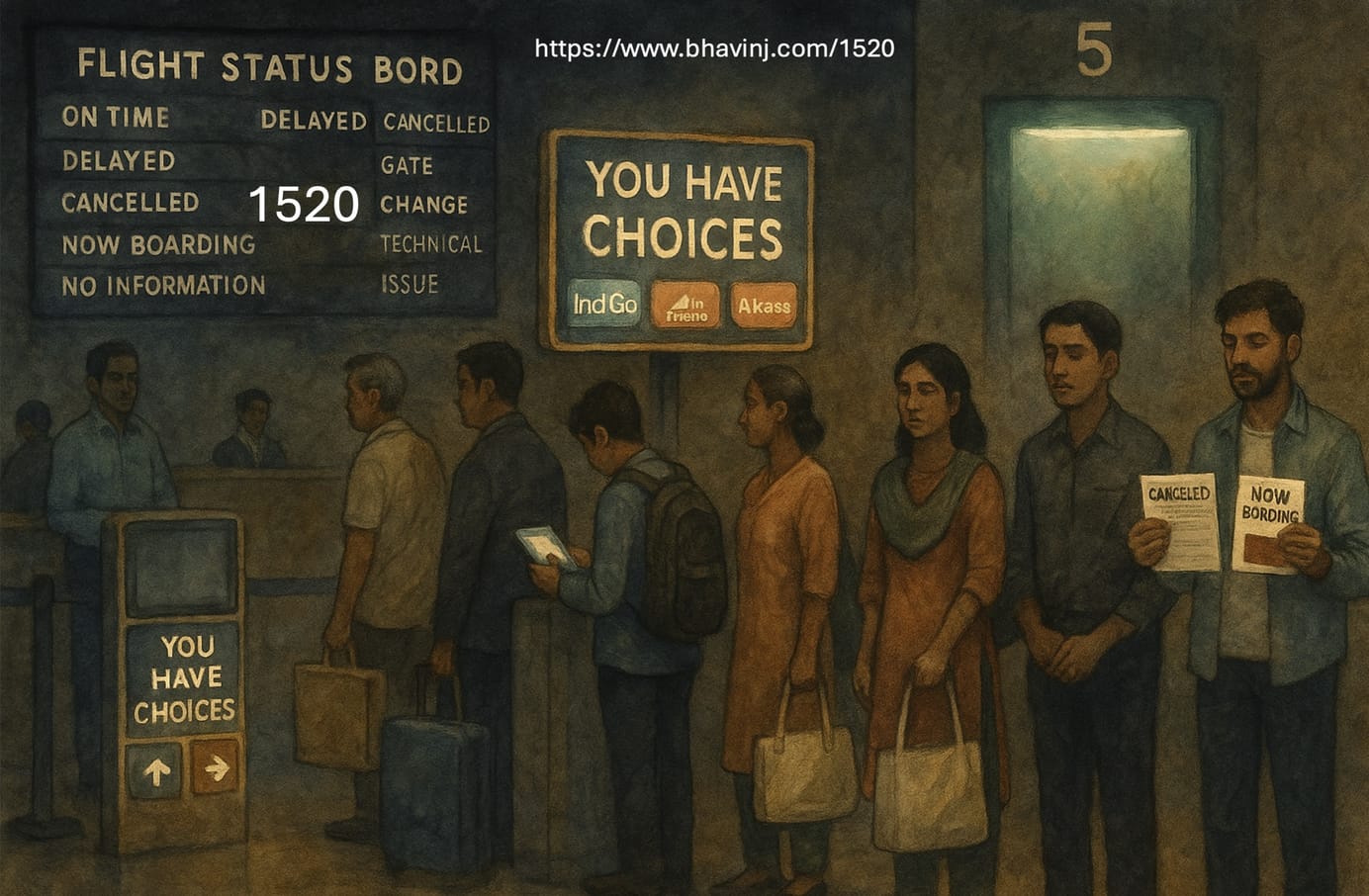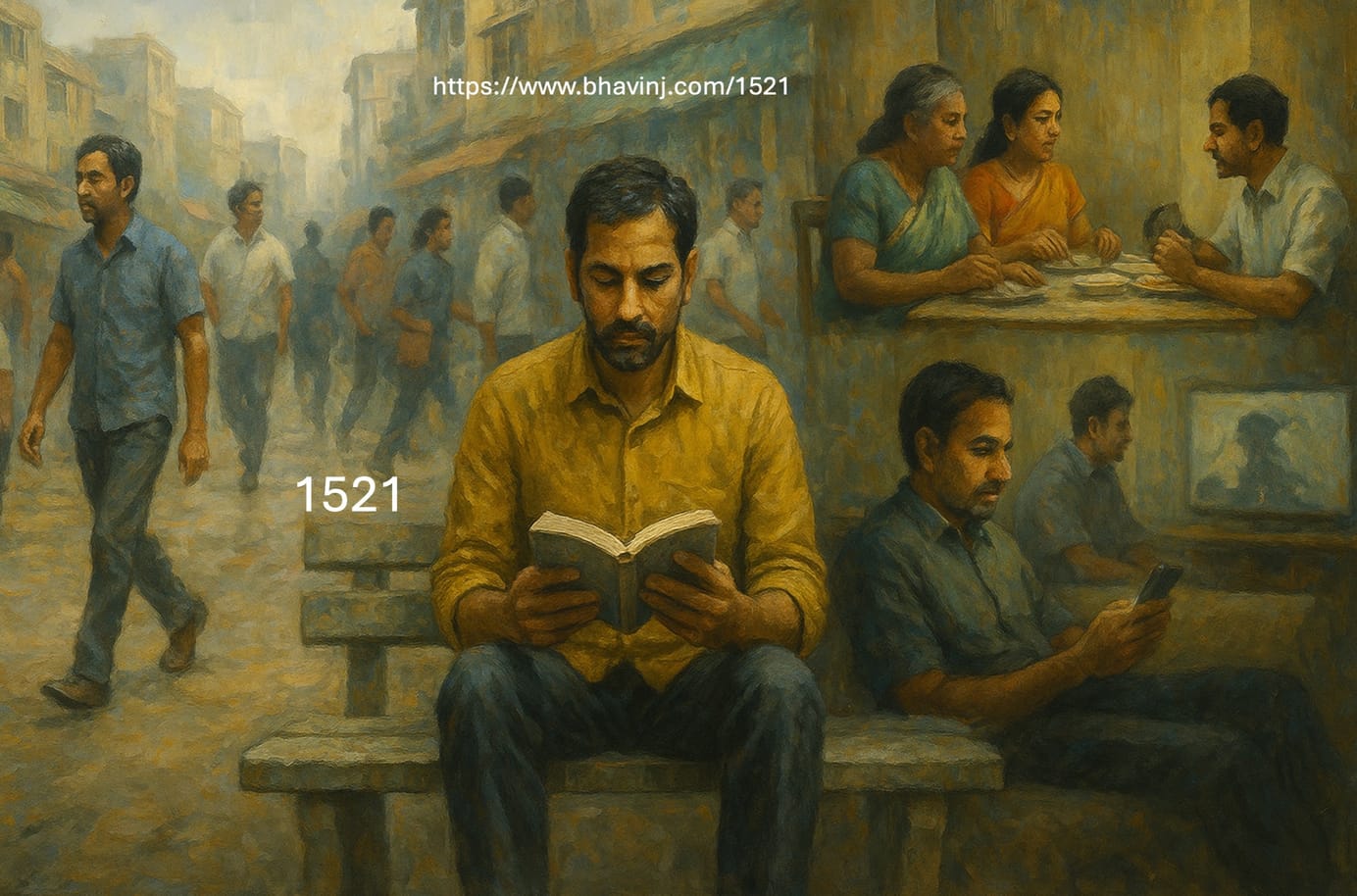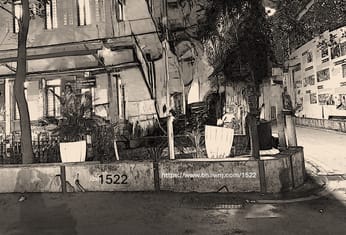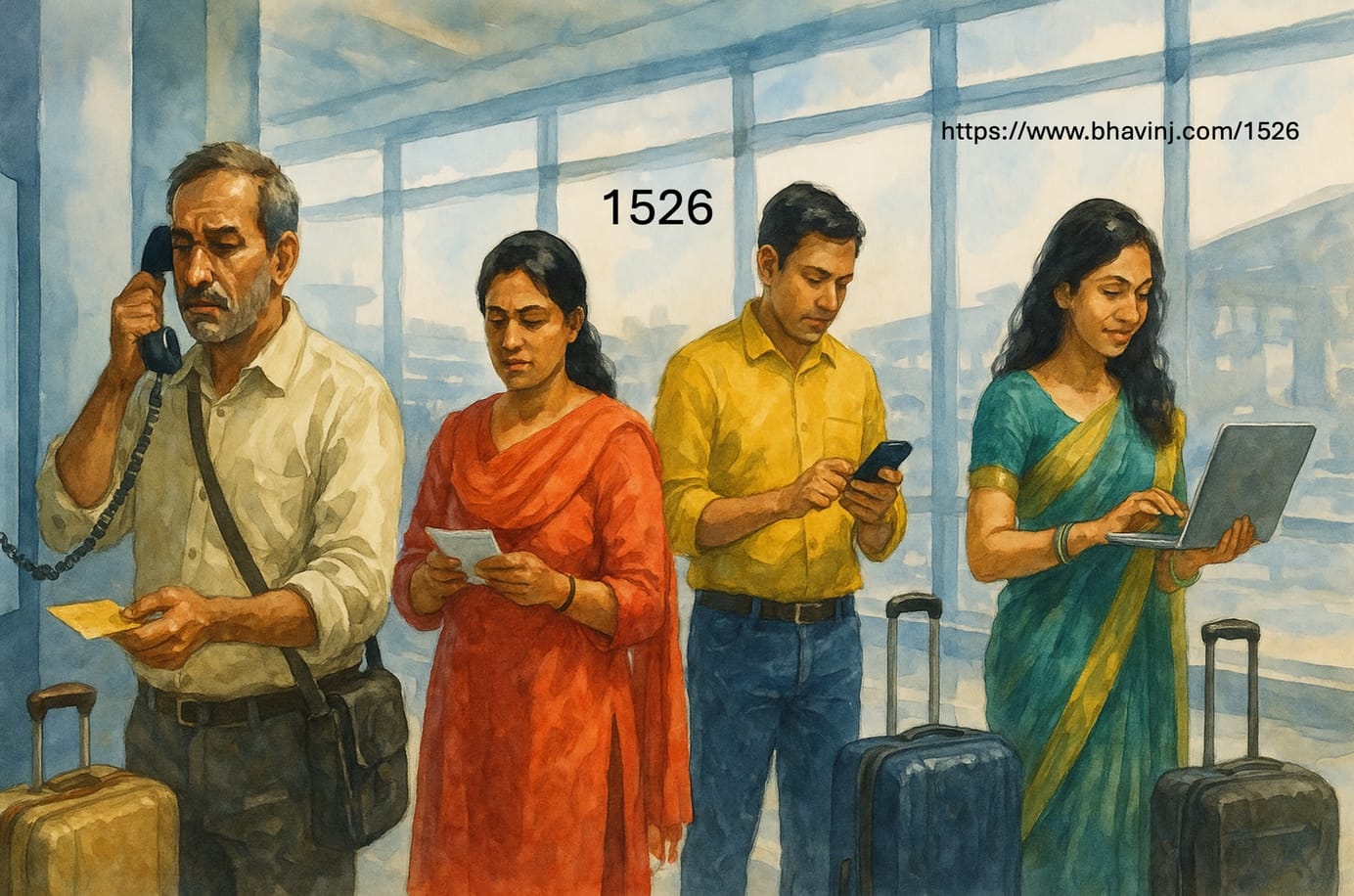
Week 1526 - There Never Were Good-Old Days for International Travel
The paradigm has changed with better local transport access…from wasting time planning how to get to a place you want to go to, now you just spend time planning which places you want to go to and then…just go.
The Concept Explained
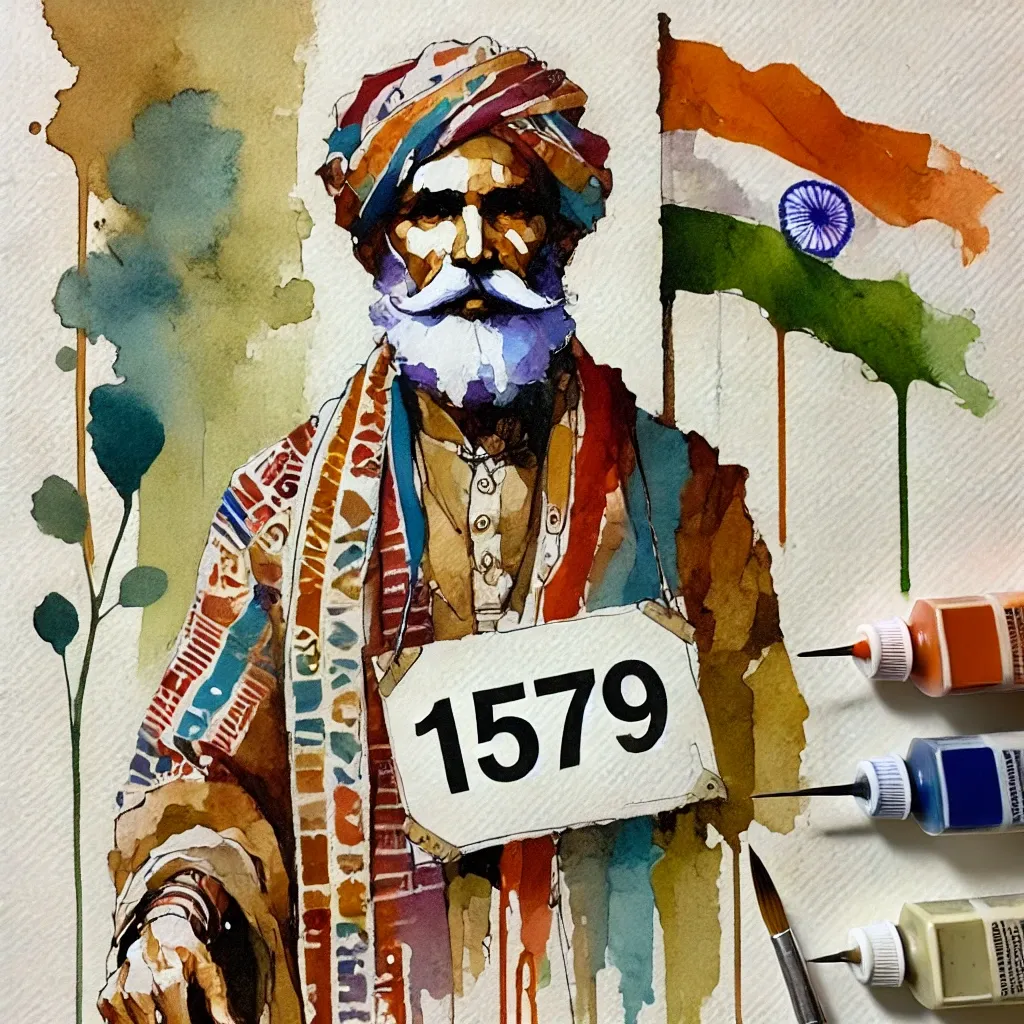
Audio
Link to click if you don't see the audio below.
YouTube Podcast Link
Text
Every now and then, someone will post a message about the “good old days”, when things were apparently simpler, easier and nicer. I delete them without reading because this nostalgia is mainly bull-shit tinged.
I find very little to look back upon that seems to have been better, at least in Mumbai and India. Things were what they were. We lived them. Because we did not know better, we were fine. You don’t miss what you don’t have access to or are not going to have access to. And the world moved at the same pace, so we were good.
And even if there were some good things in the past, that was never the case with international travel. I was away last week and I realized how much easier and simpler international travel has become…and since our kids have no clue what it was like earlier, this is just to document the changes over the last 30 years.
A. Paying for things.
I first traveled abroad to Penang for four days for a conference, when I was 27 years old. While I had some Malaysian money, my foreign currency was mainly in the form of traveller’s cheques that my parents had left over from one of their earlier travels…some cash, some traveller’s cheques…that is how it used to be.
Or, if you had relatives abroad who visited India often, you would take money from them and then when they came to India, return the amount in rupees.
Or to benefit from small exchange-rate differences, we would wait till we landed in the foreign country and then source out sketchy money exchangers to change our rupees or dollars into the local currency.
In 1996-1997, Stanchart came out with India’s first international credit card - you had to deposit Rs. 2 lakhs or so with them and then you got the card. It worked sometimes and sometimes didn’t as we found to our chagrin at a Parisian restaurant, but as the years went by, more and more banks got into the fray and then it just became so easy.
Then came the Forex cards, which we can load with money in advance, wherever in the world you are and you can use them for payment today pretty much for anything and everything.
It used to be stressful and then suddenly, it wasn’t.
B. Using a phone
It used to be about pay-phones and calling cards and you had to do so much research to figure out the best deals. You had to carry enough coins for pay-phones and then keep the left-over coins in small pouches for the next trip, because you would need them to call whoever you had to as soon as you landed and sometimes for the airport carts.
When cell-phones were first introduced in India, you had to carry separate SIM cards for each city/circle that you wanted to use the phone in. Internationally, people sold you SIM cards for a specific country and then you exchanged your normal SIM for those SIMs, which also meant you were often not contactable on your regular cell number for the duration of the travel. Supplying international SIMs was a business model for many companies and start-ups.
Today, Vodafone Idea for Rs. 500 a day gives you pretty much unlimited data and connectivity in most countries in the world and if you take a longer plan, it is Rs. 3999 for 10 days. That’s it. I still have friends and family researching simpler and cheaper SIM options (and yes these companies still seem to exist), but what sense does it make, when all you have to do is put in a request through the Vi app and your access gets activated immediately, irrespective of where in the world you are?
C. Internet connectivity.
A decade or so ago, I was in the US for a conference and working out of the hotel. The hotel WiFi was terrible so I used my Matrix SIM card as a hotspot to download images and upload reports. I was billed almost Rs. 4 lakhs for this, which was eventually reversed, because the amount was so ridiculously high and Matrix had forgotten that their contract actually allowed hotspotting and unlimited data usage.
For years, wherever we went, we had to ask for WiFi passwords, which were often handed out as if they were hoarded gold…and could be used only for 1-2 devices at a time.
We used to download Google Maps of the areas we were to visit in advance, so that we could use Maps without being online (GPS is free).
And then one fine day, all these issues were gone. Today, most hotels offer free WiFi without any password and on the road, the data from the international plans is good enough for Maps, emails, social media and whatever else you need data for.
D. Transport.
The first time I took a cab abroad, I had just landed in San Diego for my fellowship and each trip from La Jolla to downtown was 20-25 USD. We had to call the cabs in advance, which means you had to have access to a phone, which meant using a pay-phone into which you had to feed quarters.
If you were in cities with great metro or train services, it was never a problem, but if you were in the suburbs or on the outskirts of cities, you had to think so much about how you were going to travel…whether by cab, or bus or train or metro…and plan all this well in advance…and it was stressful.
And now…you just whip out your phone and call an Uber or Lyft or whatever is the service locally available and it’s all sorted. Or, you can ask Google or Apple Maps for public transport and it will tell you which combination of bus and train to take and then you can use your phone to book the tickets. It changes the paradigm…from wasting time planning how you are going to get to a place you want to go to, now you just have to spend time planning which places you want to go to and then…just go.
International travel has changed so much. It is simpler, easier, better. And that is a good thing. Period!
PS. Returning, the immigration lines were jammed at 4.00 AM at Mumbai airport. We were the only two of three people in the fast-track biometrics line and we just breezed through. Like Digiyatra, this will be routine in the next few years, pretty much at all airports worldwide. One more advance that makes your travel easier.
Bhavin's Writings Newsletter
Join the newsletter to receive the latest updates in your inbox.

